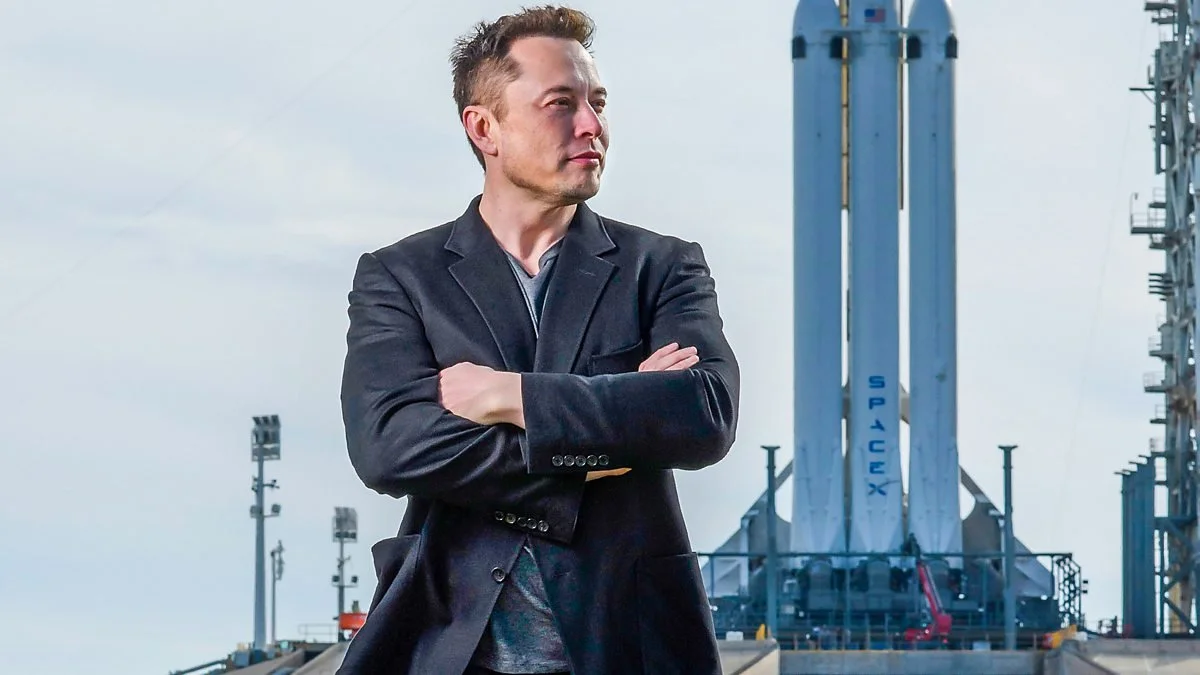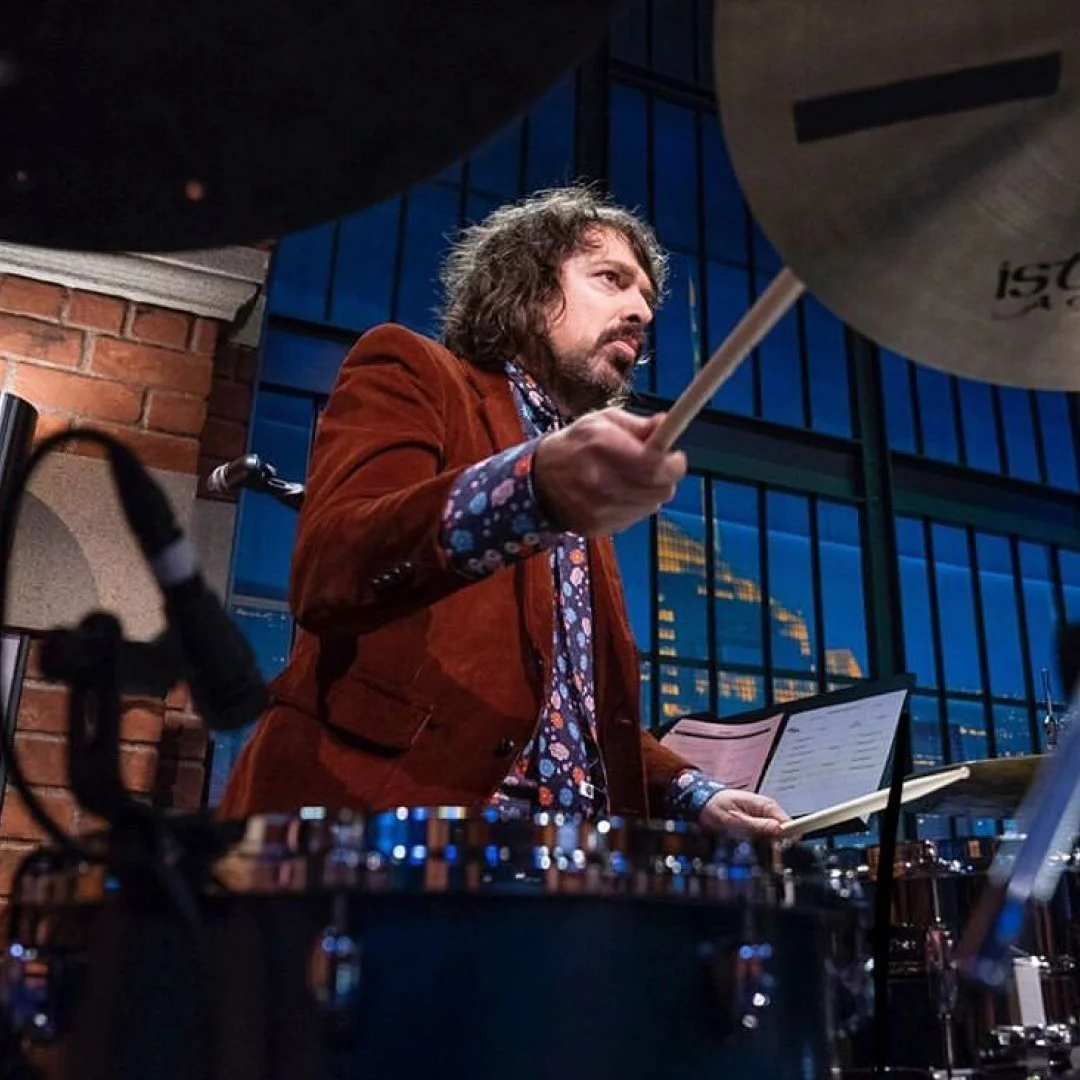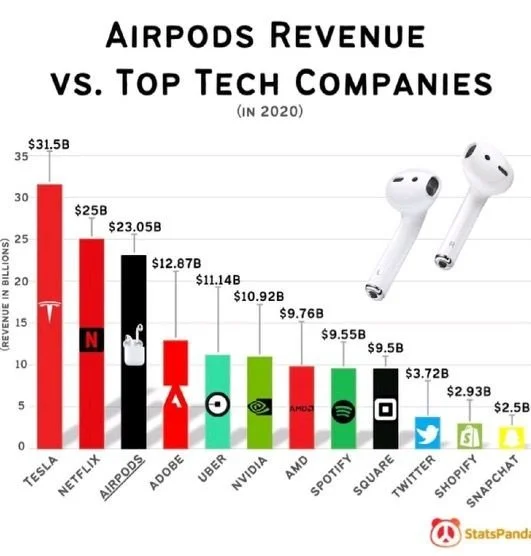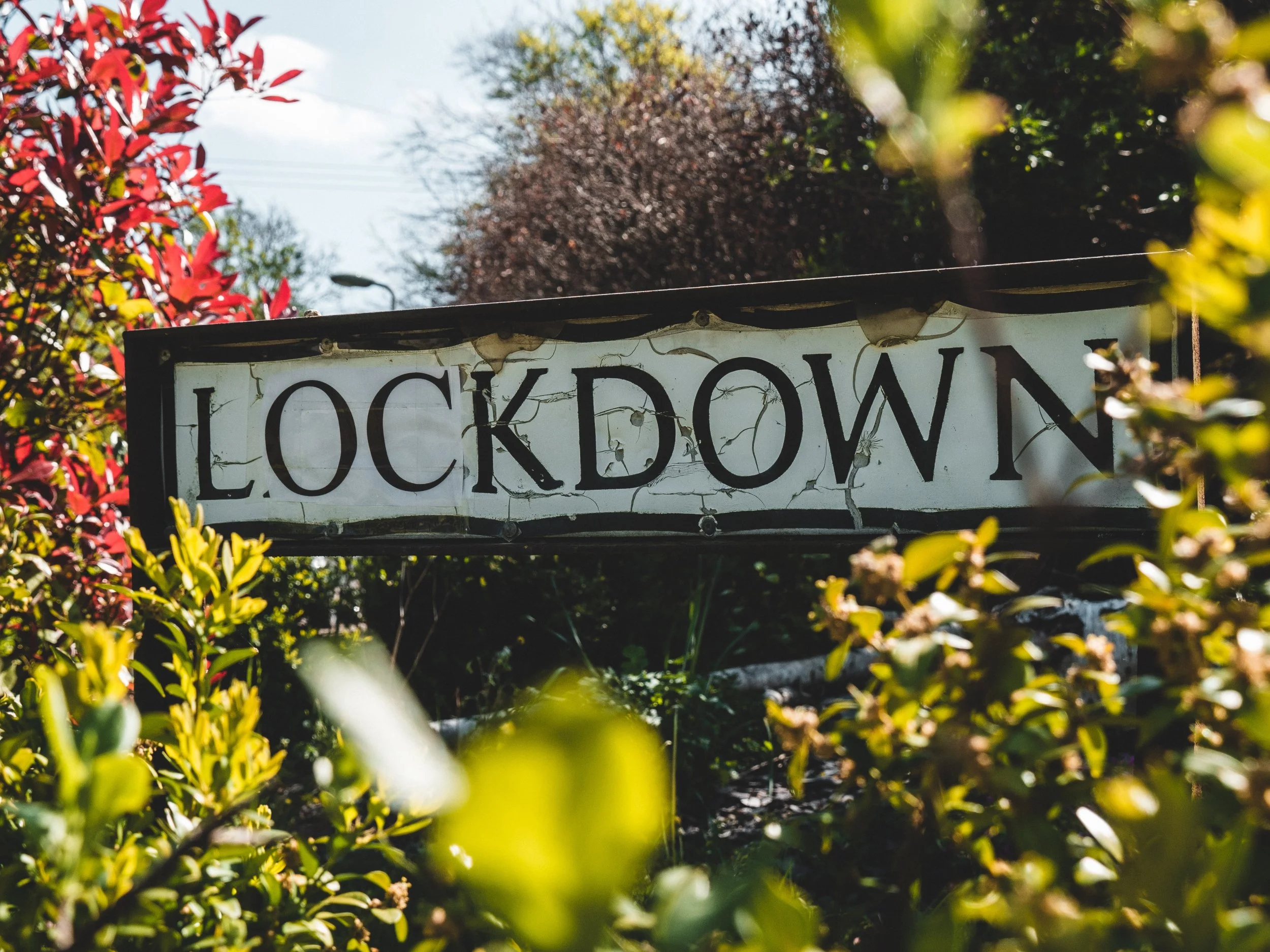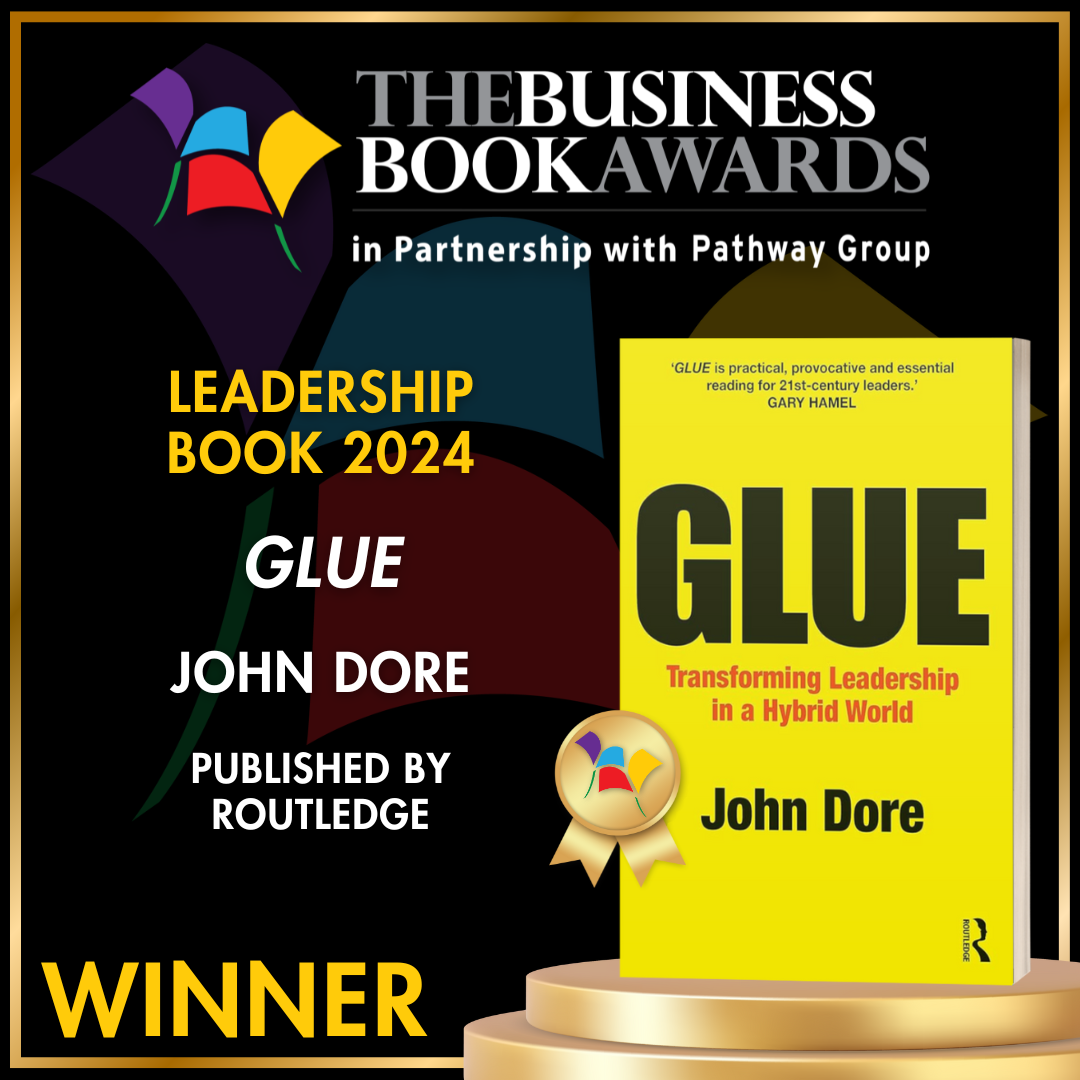In one of my favourite films, Shawshank Redemption, Red offers some world-weary advice to new prison inmate Andy Dufresne. “Hope,” he says, “is a dangerous thing. Hope can drive a man insane”. This week I was scrolling back through some of my gloomy journal and blog posts from 2020 and 2021, which sent me back into my own mental Shawshank, frustrated and trapped amidst the sheer bloody awfulness of lockdown, travel restrictions, social distancing; observing the near death of cinema, theatre, live music and many beloved business and cultural venues. My hope inducing madness then was simply for a return to the nostalgia and freedom of 2019 - of live music, culture, travel, and all the joys of a bustling, interactive, creative world. Now as we enter 2023, there are different “perildemics” which abound. Some are the inevitable result of policy makers’ doubling down on Covid restrictions in 2021, and so, the “law of unintended consequences” was empirically proven; with economic harm, soaring inflation, impaired public health, psychological damage, and continued disruption from an older, more familiar virus, called flu. Plus ca change! #ffs
Anyway, back to that maddening need for hope. And a new Happy New Year!
Film
2022 was a million times better than the preceding two years, with airports and hospitality overwhelmed with pent up demand for freedom, normality and fun. Businesses were rebooted and the creative sector re-opened. London has been bursting at the seams. Movies also became fun again. Tom Cruise was smarter than the average, and left his already completed flick Top Gun Maverick, in the locker until 2022, making over 1.5 billion dollars and filling theatres with a remake of the original movie from over 30 years ago. James Cameron did the same trick, releasing Avatar 2, as a longer version of his 2010 global blockbuster, adding an ‘Attenborough would be proud’ whales sequence to an already bladder challenging long film. Other than The Batman, all the other blockbusters were pretty tame, terrible, or too confusedly issue driven to excite many out of their homes. Though, like much else, cinema is a now a hybrid business, so Daniel Craig’s Glass Onion [another ‘sequel’], was only in cinemas for a week before release on Netflix (and smartly timed over Christmas) and in an outstanding performance by musician Janelle Morae, it gave us a genuine new movie star.
I wrote earlier in the year about the enduring allure of the arthouse flick and I loved Joachim Trier’s The Worst Person in the World. It’s an art-house film with sub-titles and it’s a wistful meditation on adult life, motherhood, modern family relationships, faltering careers, fidelity, mortality and sex. Going a little more serious ‘arthouse’, but without subtitles, Triangle of Sadness, by Ruben Östlund [who did Force Majeure a few years ago], went down a storm in Cannes in May, and literally has its cast of beautiful, but ugly, vain, and fantastically wealthy grotesques go down in a storm aboard a luxury yacht. It also has one of those strange +/- ambiguous endings that infuriates, but also serves to make the film something you just have to talk about on the way home. Another work of creative class came from Andrew Gaynord’s All My Friends Hate Me. Starring an increasingly paranoid Tom Stourton, who co-wrote the script, it’s a terrific, nervy, cringe inducing small British film - like a Get Out, though psychologically, not bloody, violent. I could not stop thinking about LCD Sound Systems’ song All My Friends: “You spent the next five years trying to get with your friends again…It comes apart | The way it does in bad films, Except in parts | When the moral kicks in.” See it with friends and I suggest you watch it from behind the sofa. You may have repeatable-cringe injuries by the end.
Bridging arthouse levels of creativity and genuine homage to greatness, the David Bowie biopic Moonage Daydream is a must buy and must repeat when released on 4K UHD. For sheer narrative genius, and a new take on the world of action blockbusters, my film of the year was Everything Everywhere All At Once. Directed by ‘Daniels’, theirs is one of the best films I have seen for years; an absolutely belter; imaginative, funny, sad, thought-provoking, and head-spinningly odd. The hero is a middle aged Chinese laundry-mat owner struggling with the exhausting demands of her tax-defaulting business, amidst broken relationships with her father, divorce-seeking husband and errant daughter. It’s that good you will want to tell everyone you know about it all at once.
Music
In the summer I did peak gig at the Taylor Hawkins tribute. Nothing will surpass it. This was the twenty-first century version of Live Aid, but turned up to 11, rock 'n roll style. Dave Grohl, the founder and frontman for Foo Fighters, is an extraordinary human being, musician, communicator, and genuine rock-music legend, harnessing Liam Gallagher, Josh Holme, Stuart Copeland, Brian Johnson, Justin Hawkins, Sam Ryder, Lars Ulrich, Roger Taylor, (his son) Rufus Taylor, Travis Baker, and Omar Hakim, as well as Alex Lifeson and Geddy Lee of Rush. It was a sad occasion, to mark the loss of a great drummer, but as a nostalgic, joyful shot in the arm of astounding rock music, then there was no better way of moving on. I also saw Kings of Leon, The War on Drugs, C2C at The O2, James Taylor, Verdi’s Requiem, Steve Hackett, and David Gray playing White Ladder. All great gigs, but all pale compared to the rock-behemoth that Grohl created.
Looking forward
There are very many joys to look forward to creatively in 2023. Peter Gabriel is releasing new music and touring live, Springsteen is too (though probably too pricey). Groundhog Day is coming back to The Old Vic, The Bridge are reviving Guys and Dolls and also The Bridge’s Nicholas Hytner is launching a new audio visual show with David Hockney, which should brighten up a new venue in Kings Cross in the early part of the year. I have recently become hooked on reading R.F. Kuang, who wrote The Poppy Wars, which will keep me busy for much of the year. For, me, all being well, I will have a new project called Glue that is coming to fruition in 2023. Lots to look forward to. I hope.
Films of the Year
Everything Everywhere All At Once
Triangle of Sadness
Glass Onion
All My Friends Hate Me
Moonage Daydream
Top Gun Maverick
Boiling Point
The Northman
Records of the Year
Somethings Never Change, Priestgate
Wild Front, Wild Front
Angel in Real Time, Gangs of Youth
Life is Yours, Foals
Better With You, Kamala
An Hour Before it’s Dark, Marillion
Since the Dog Died, and others, Fuzzy Sun










